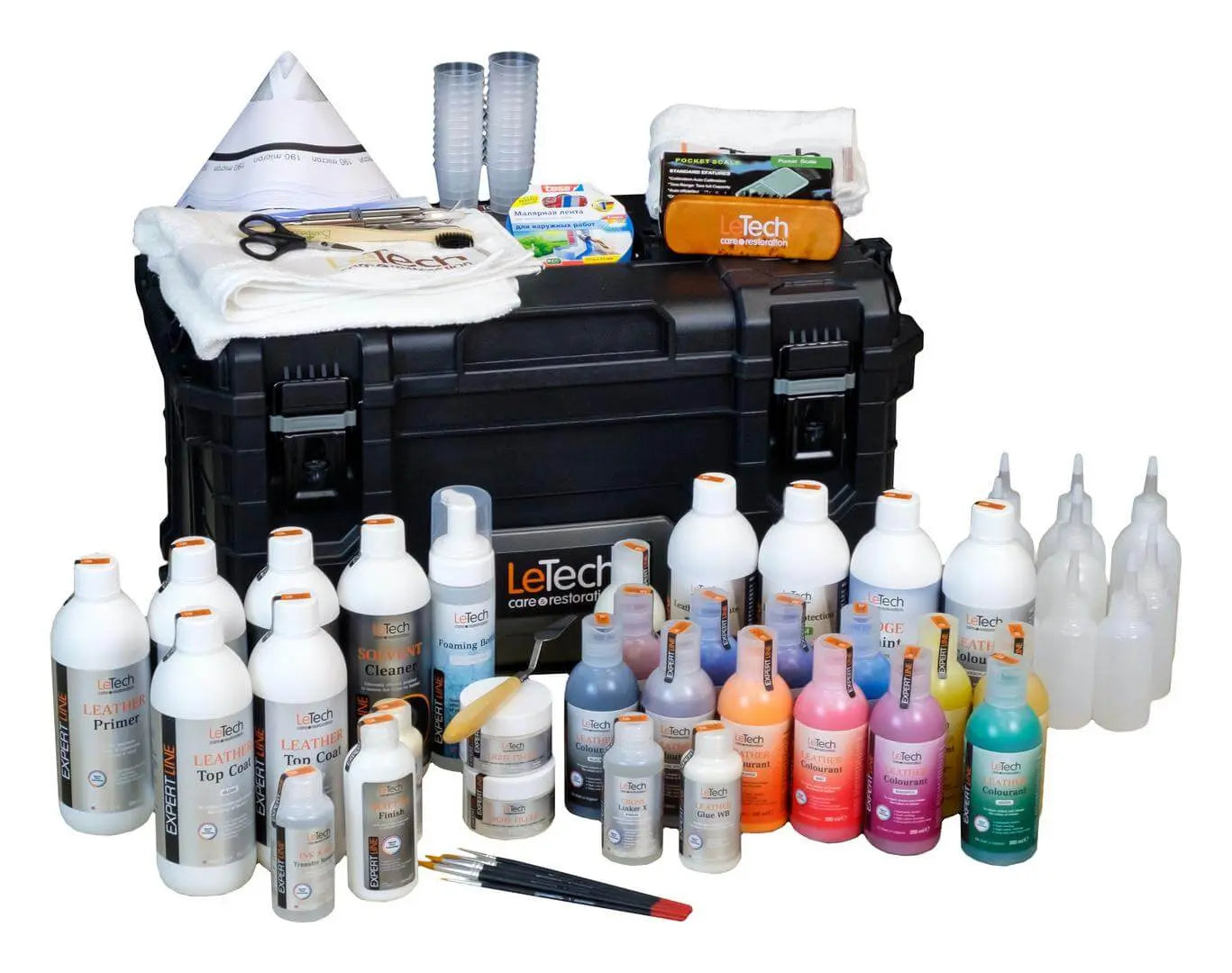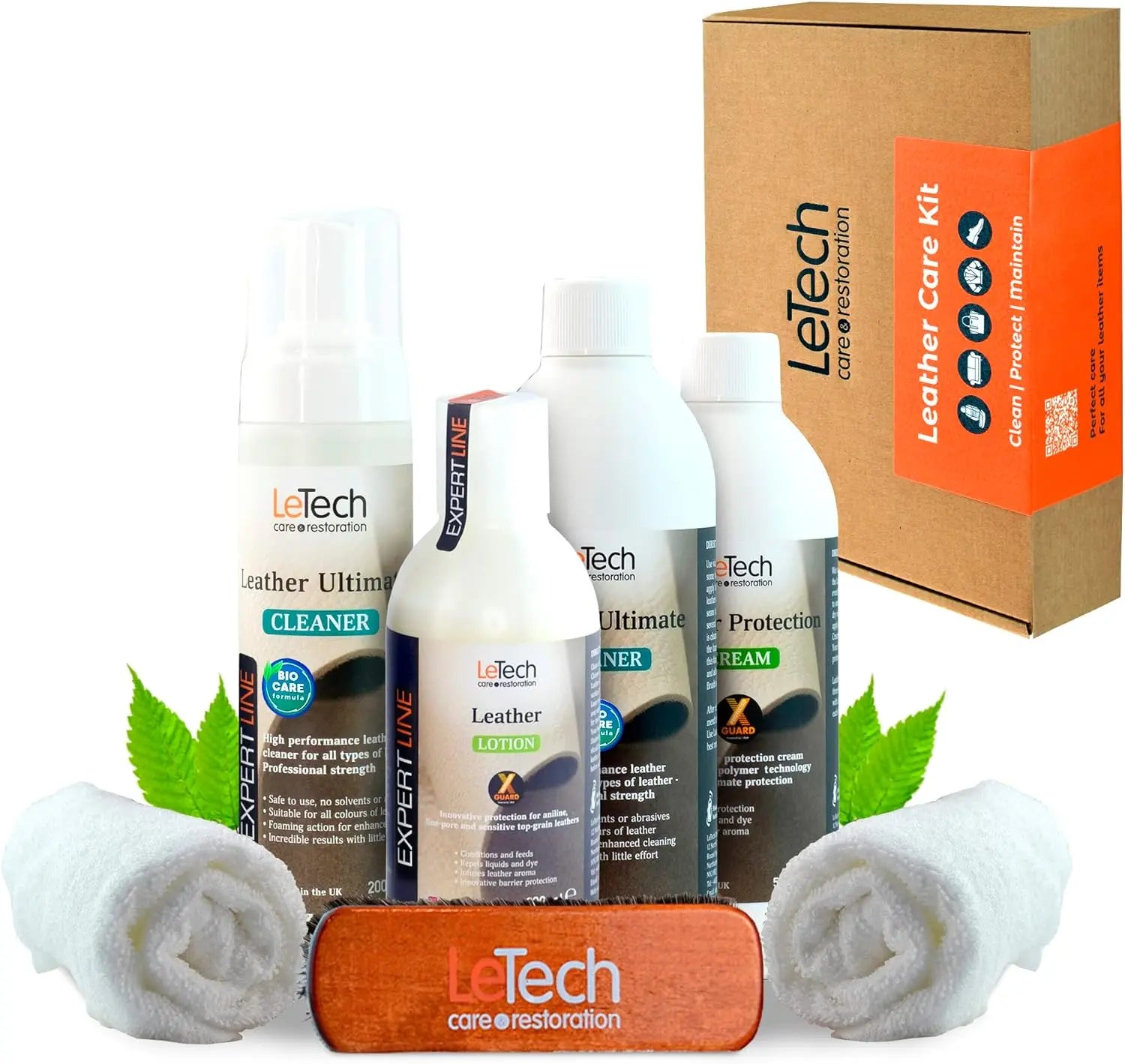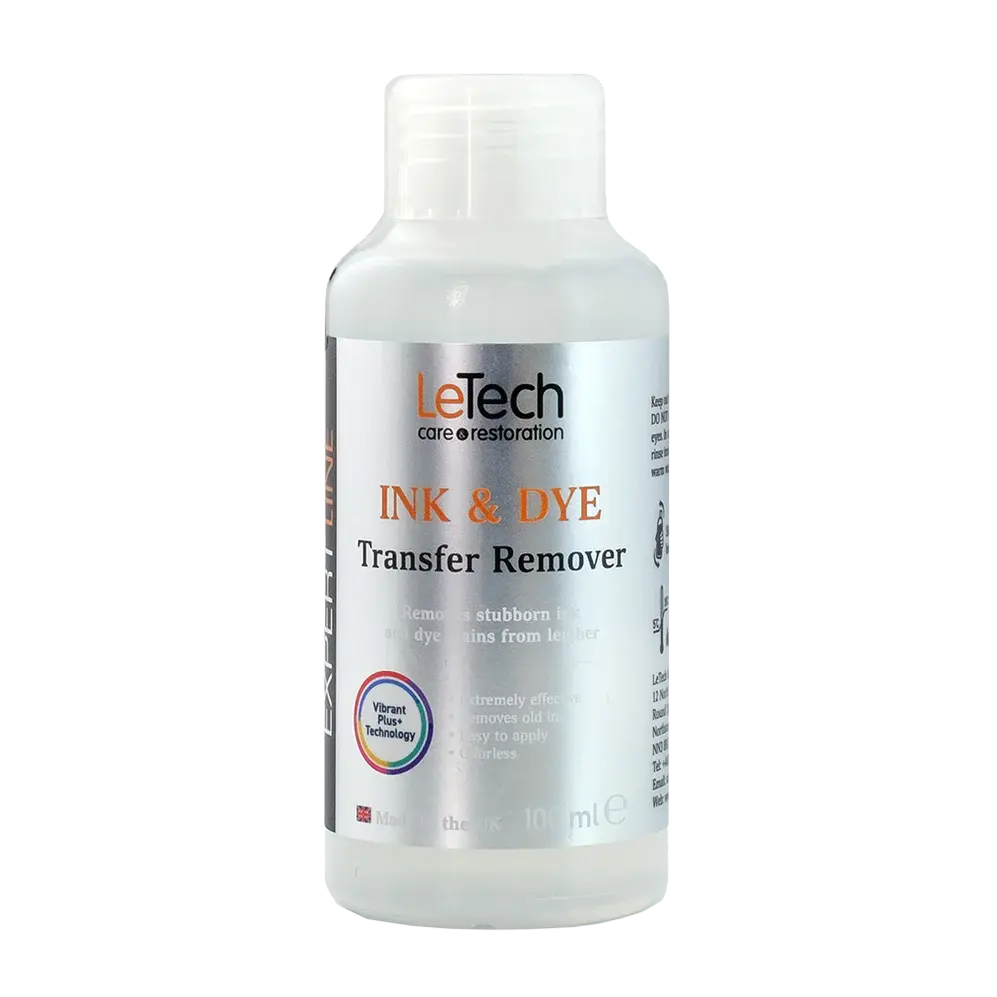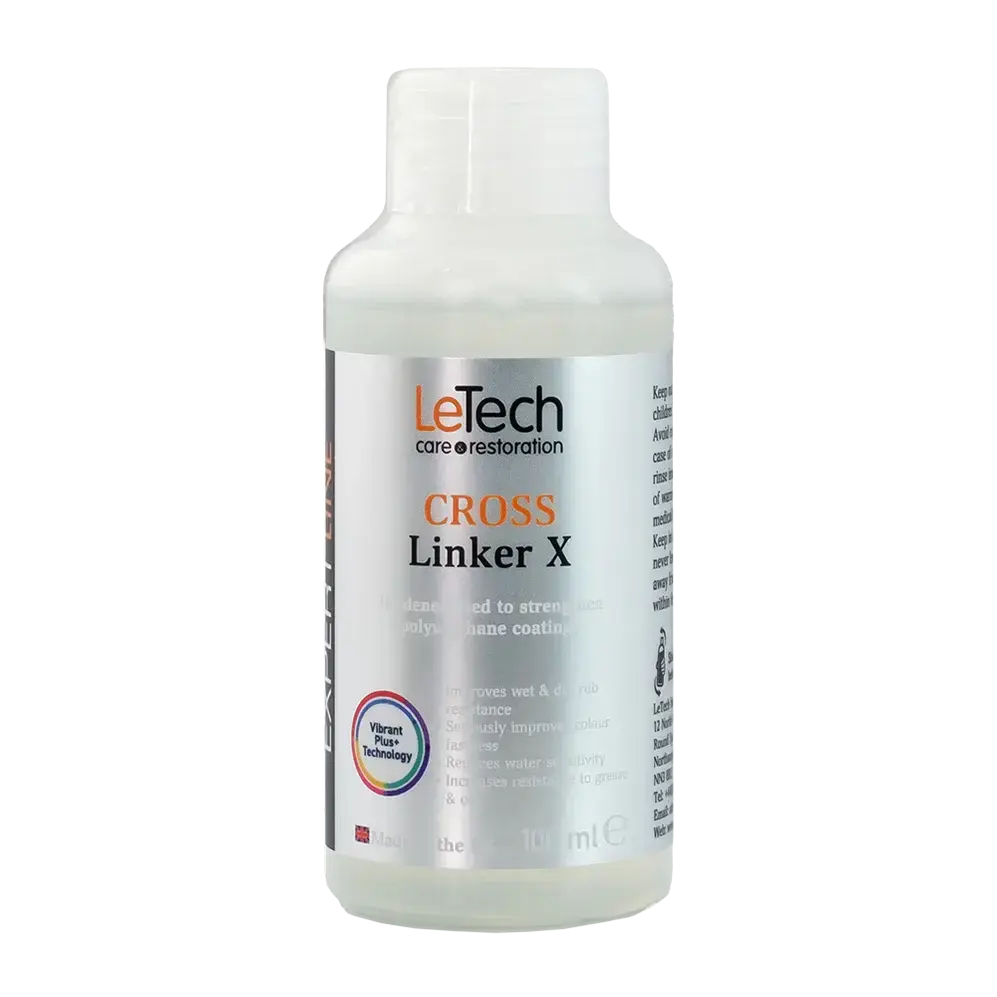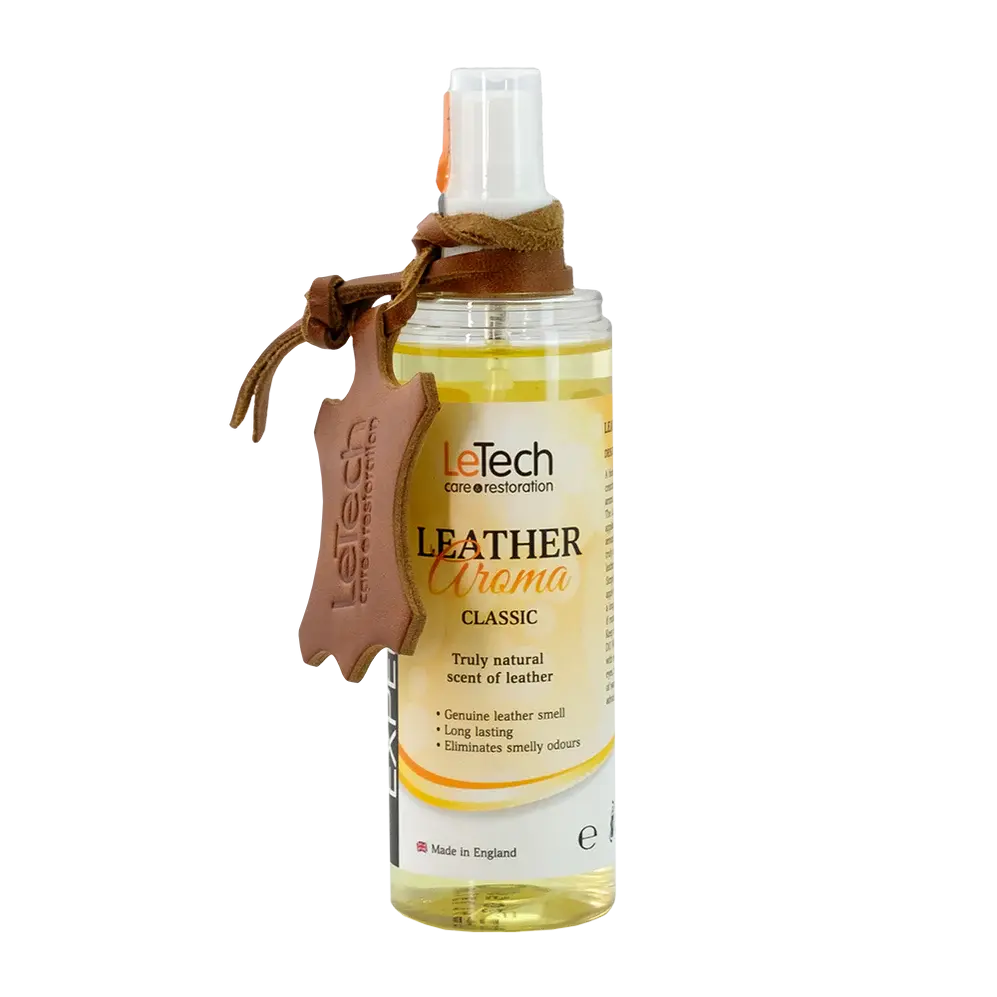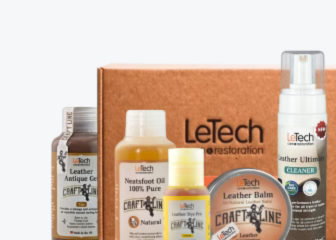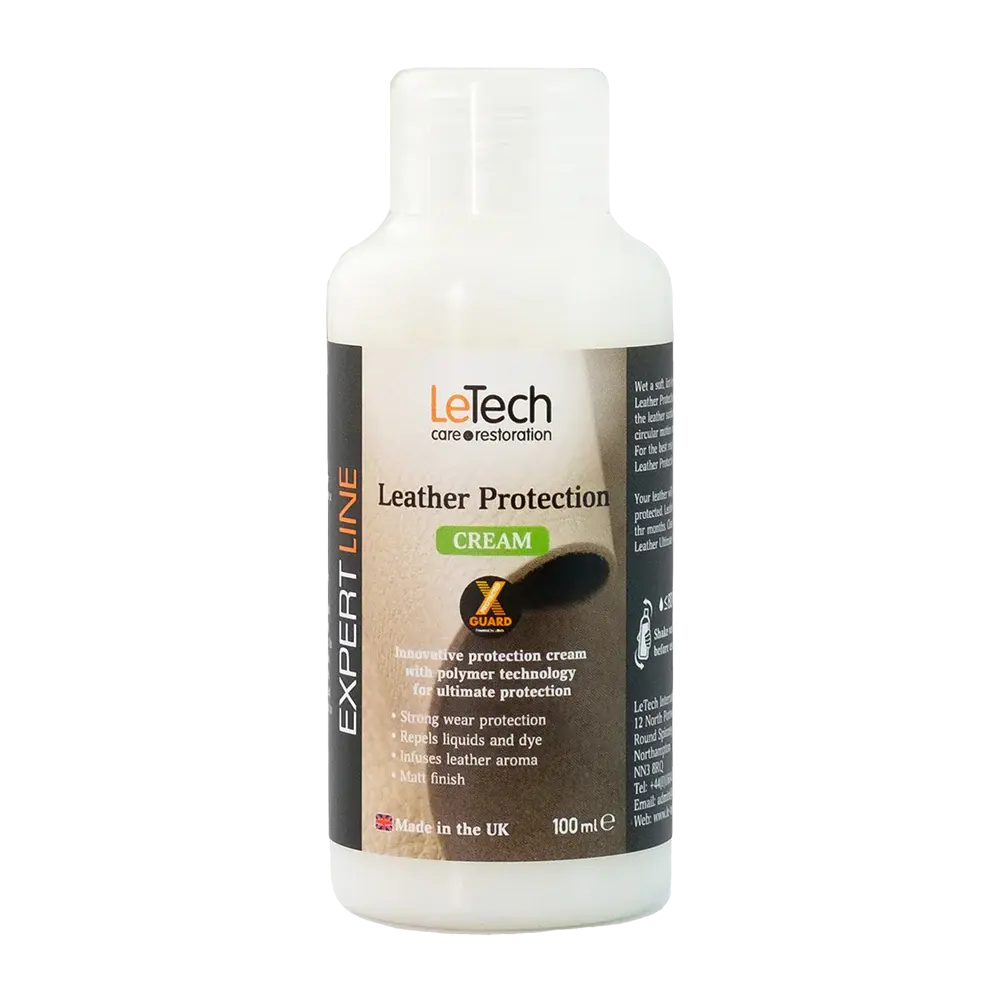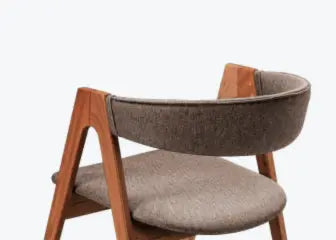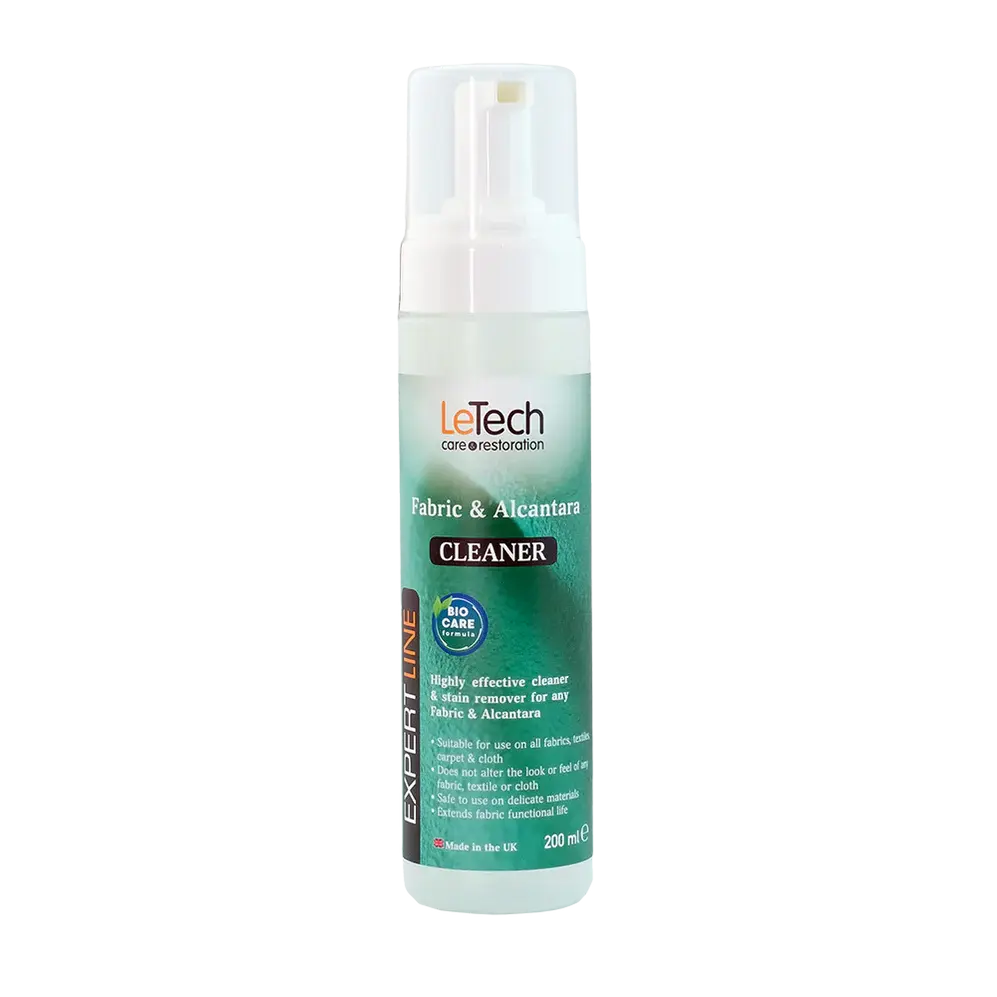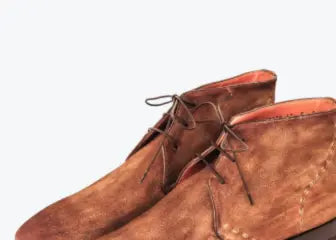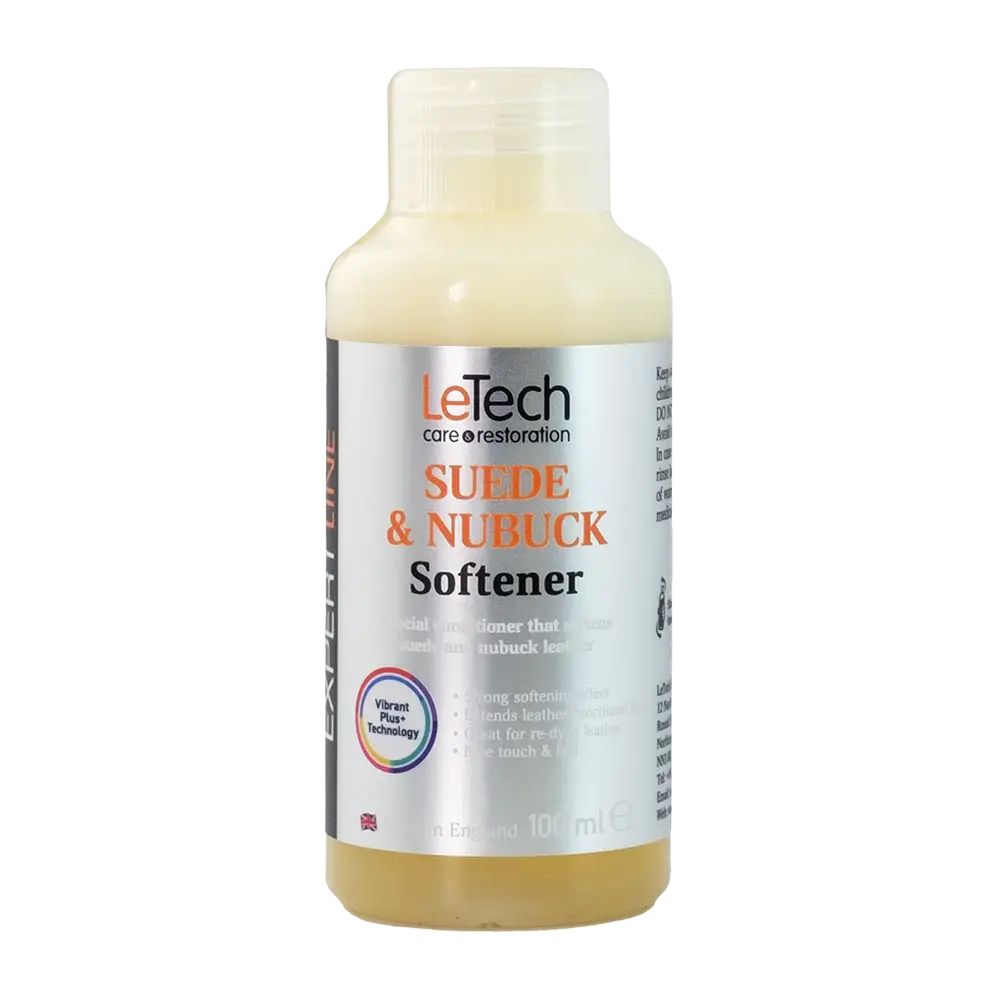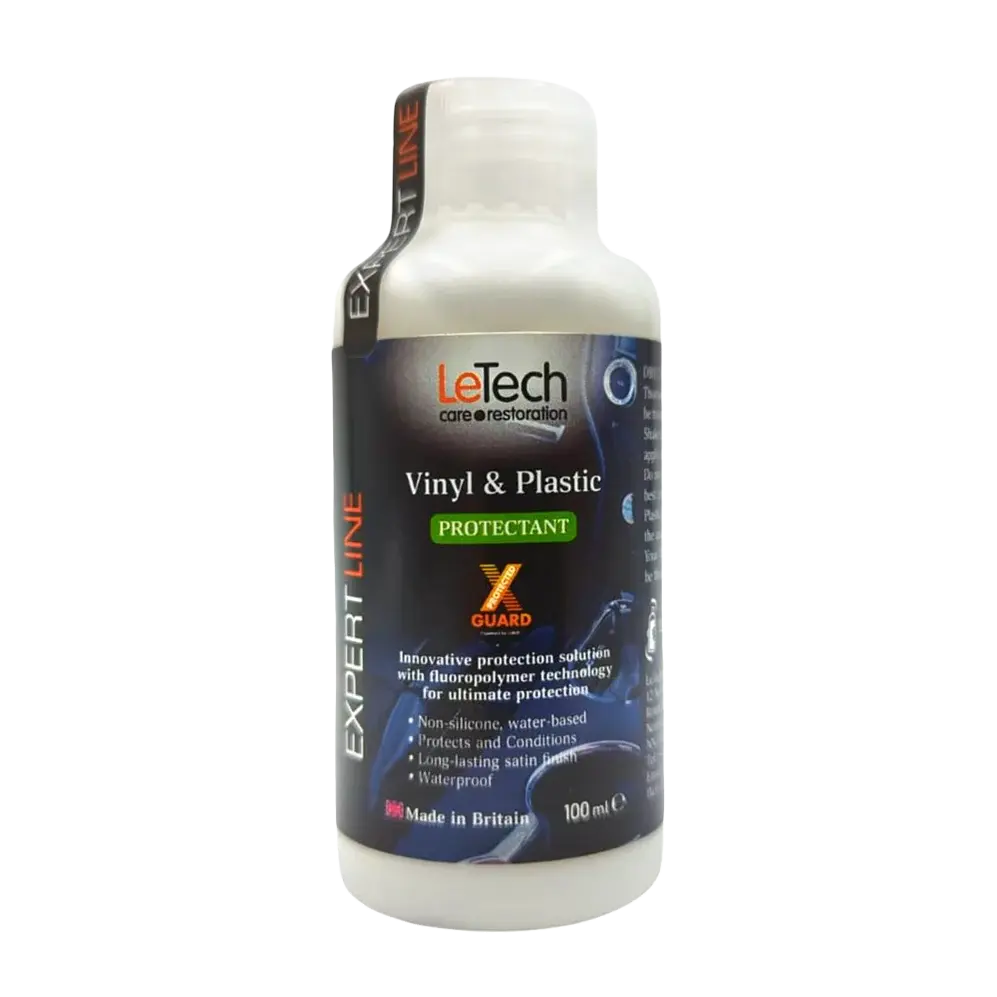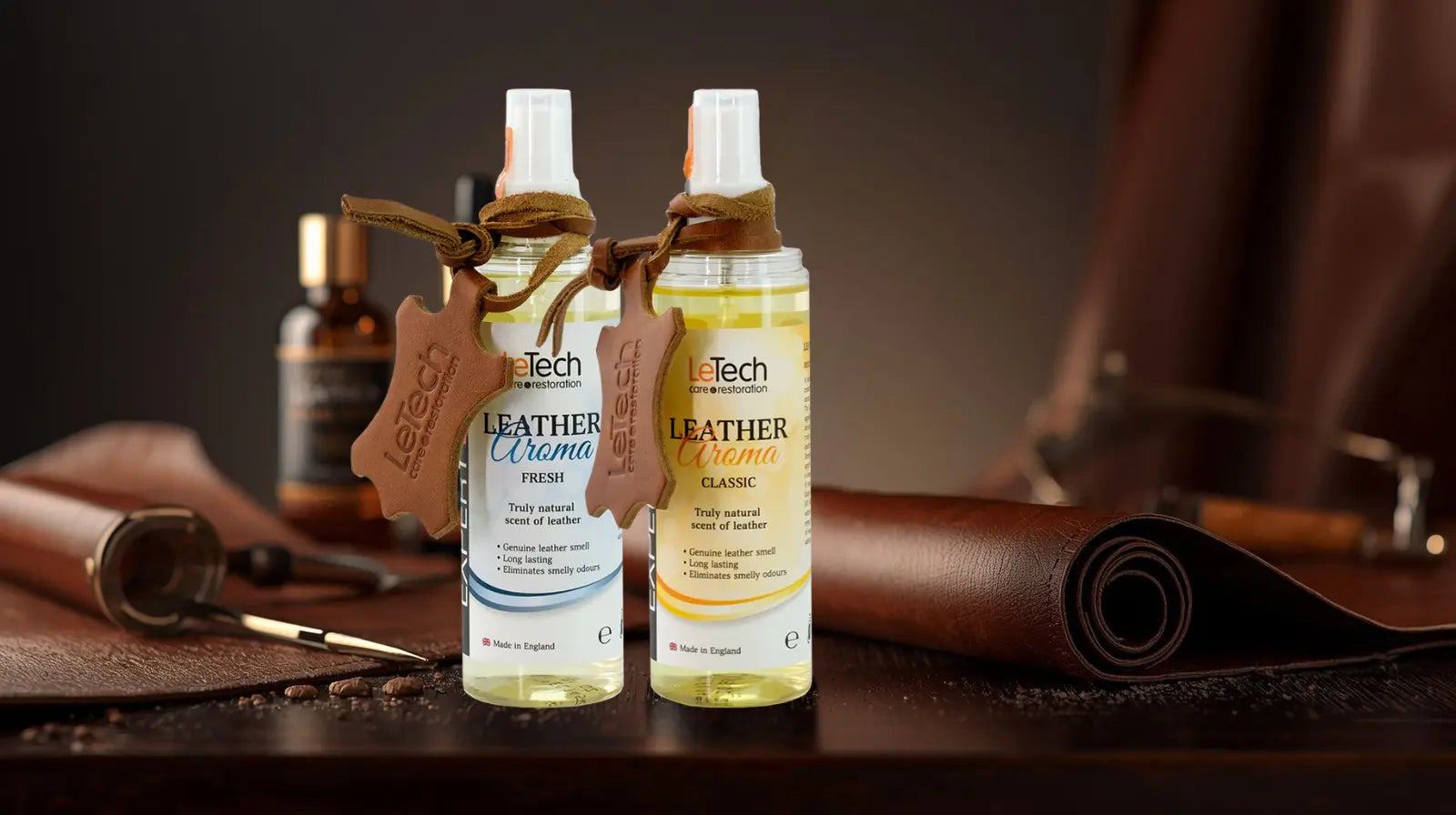
Natural Leather Scent: The True Scent of Leather | LeTech USA
Natural Leather Scent: The True Scent of Leather
natural leather scent today is cleaner and subtler than many remember. This guide shows how aroma forms in tanning, why modern cars differ, and how to clean, protect & refresh interiors safely — including when to add a refined leather fragrance for that premium finish.

Introduction to natural leather scent

The “leather smell” is a symbol of craftsmanship. Historically it came from plant extracts, natural oils, waxes and even smoke used in traditional tanning. Modern tanning prioritizes durability, colorfastness and low emissions, so the baseline natural leather scent is typically cleaner and more subtle — especially in automotive leather.
How Leather Aroma Forms
Leather aroma is shaped by several controlled steps. Each stage can strengthen, soften or reshape the final profile:
- Pickling & Tanning. Vegetable extracts (oak, mimosa, chestnut) add warm, woody notes; mineral tanning favors stability with a lighter scent.
- Fatliquoring & Conditioning. Oils and waxes provide softness and a gentle oily-sweet nuance.
- Dyeing & Finishing. Dyes and protective coats lock color, tune gloss and moderate projection.
- Storage & Assembly. Time, temperature and ventilation influence how volatiles settle or dissipate.


Classic vs. Modern Aromas
Older methods (smoke-curing, heavy waxes, less-regulated solvents) produced richer background notes. Modern tanneries use controlled, low-VOC processes — better for health and daily use, so the romantic “workshop” aroma is toned down.
How manufacturers tune aroma today
- Rinse-stage additions: water-dispersed notes for a clean halo.
- Fatliquor-carried notes: deeper, longer-lasting diffusion.
- Backside/topcoat microdosing: a refined, non-intrusive impression.

Why Modern Cars Smell Different
Cabins mix leather with coated textiles, foams and polymers. Regulations and consumer expectations push for low-odor, low-VOC interiors. Seat leather is commonly semi-aniline or protected — excellent for cleanability and wear, but naturally less aromatic than pure aniline. Hence many owners add a dedicated leather fragrance after detailing for a refined finish.
Care: Clean · Protect · Refresh
1) Clean correctly
Use pH-balanced cleaners made for modern automotive leather. Remove sweat, oils and dust without swelling the grain. Avoid harsh solvents or alkaline degreasers that can strip protective coats.
2) Protect the surface
Apply a compatible protector/conditioner to keep breathability, reduce dye transfer and resist re-soiling.
3) Refresh the aroma
Select a leather-specific fragrance that diffuses evenly, is safe on coated leather, plastics and fabrics, and fades gracefully — enhancing the perceived cleanliness and luxury.
LeTech Leather Aroma (Classic & Fresh)
To complete professional detailing, many clients request that signature premium feel. LeTech USA offers two refined interpretations on one page:
- Leather Aroma Classic: warm woody-musky accord — elegant and cozy.
- Leather Aroma Fresh: clean brightness with soft citrus and subtle musk.


Application tips for pros
- Mist lightly with ventilation on recirculation; avoid soaking surfaces.
- After recolor/top-coat, allow full cure — then finish with aroma.
- For sensitive users, start with one short spray and reassess next day.

